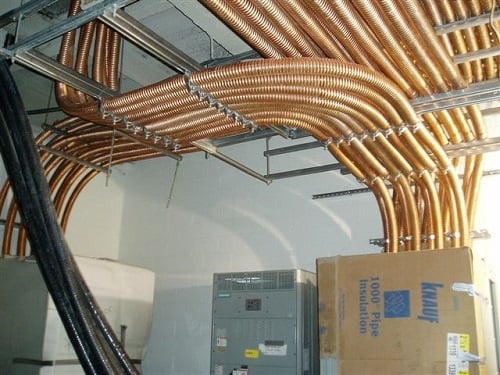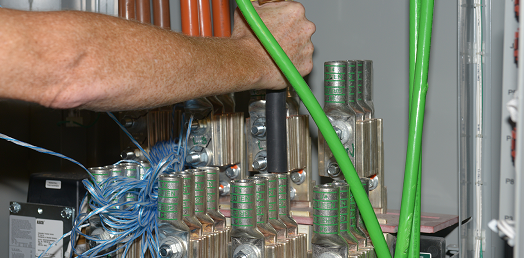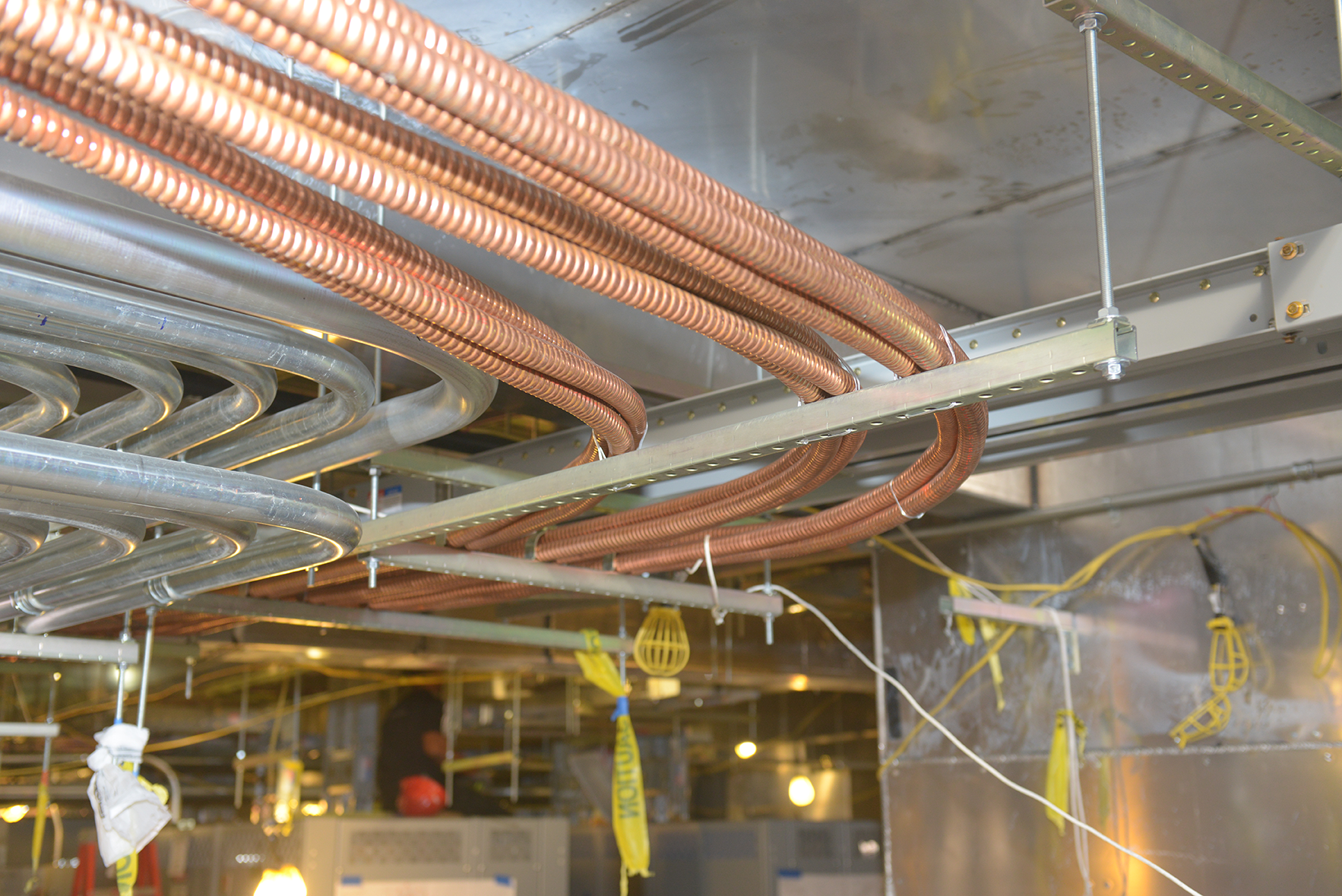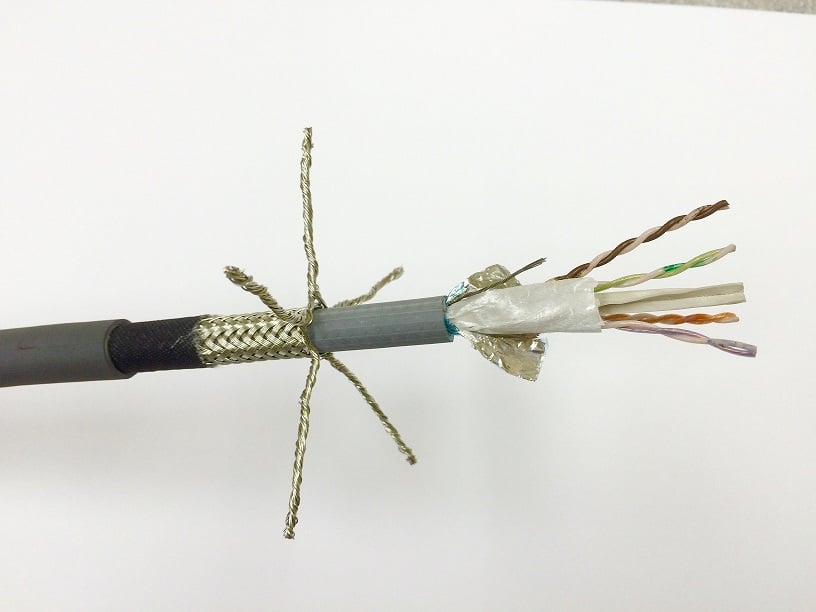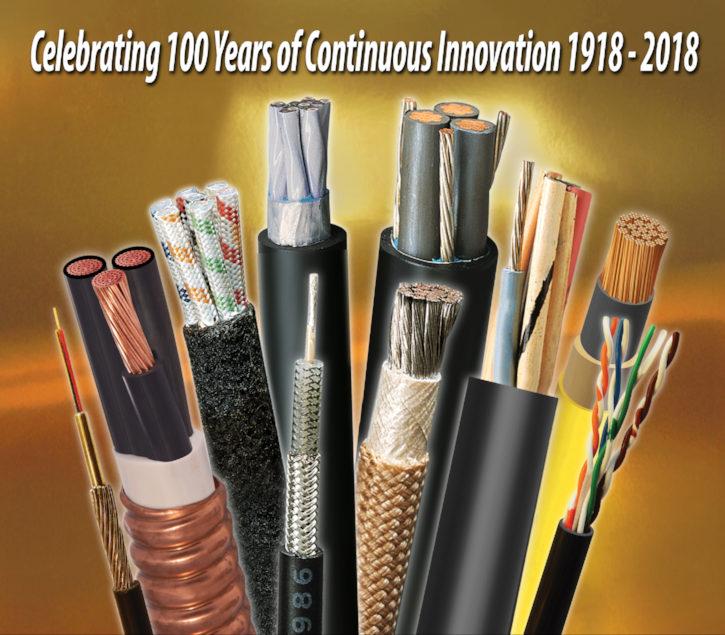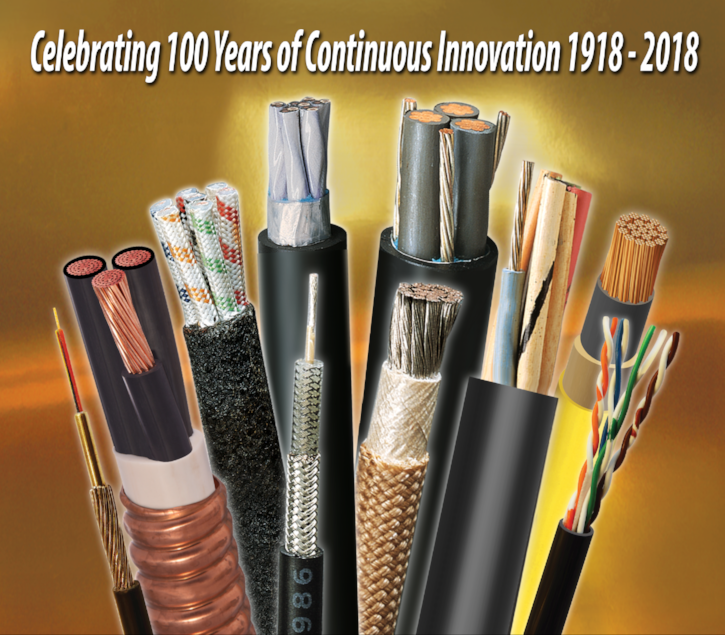In June 2012 UL learned of compatibility issues when Classified Fire-Resistive Cables were installed in systems where zinc was used as in interior coating in rigid steel conduits. At the high temperatures the zinc coating inside the conduit system vaporizes and interacts with the copper conductor creating a brass alloy. Brass melts at a lower temperature, which compromises the integrity of the electrical system causing premature failure. The UL-2196 test is designed to evaluate the performance of electrical circuit protective systems in severe fire events—specifically, when exposed to fire for 2 hours followed by the mechanical shock of a fire hose stream.
World Class Engineered Cable Blog
There are differences between cables that are flame retardant and those that are fire rated. Flame retardant cables can resist the spread of fire but fire rated cables maintain circuit integrity and continue to work in the presence of fire. This article below will describe the differences between flame retardant and fire rated cables.
Topics: VITALink
It’s important to have fire rated cables that meet UL 2196 and the requirements of the code as well as know which type of cable will work best as well as save you money. Two common types of cables to compare are metal clad (MC) and mineral insulated (MI). Each meets the requirements of the code, but are different when compared to labor costs. Time is money and you can be spending a lot of money for someone to appropriately install a cable. Know what the cost effective solution is between MC and MI cables.
Topics: VITALink Fire Safety
What do stadiums, road way tunnels, subways, high-rise buildings, and other essential structures have in common? Their construction requires fire-resistant wiring. Of course, there are codes and standards which require this, but it’s also common sense.
Topics: VITALink Fire Safety
RSCC Leads Oil & Gas Industry With Ruggedized EXANE CAT 6 F/UTP Cable For Offshore Rig Applications
RSCC Wire & Cable-EXANE Oil & Gas Segment, unveils its latest Ethernet cable, representative to a family of ruggedized, harsh environment DATACOMM cables. The flexible and ruggedized CAT 6 F/UTP TCB cable, features stranded 23 AWG conductors, an overall foil shield, and tinned-copper marine braid armor between the inner and outer sheaths. The dual purpose marine braid armor serves as mechanical protection for compliance with the hazardous area installation requirements of IEEE Std.45 and API RP-14F, as well as provide an additional layer of EMI protection to the paired core.
On Tuesday 7/28/2015 I did a presentation to the IAEI chapter meeting in Las Vegas NV, the attendees included local inspectors, contractors, engineers and a UL representative. We discussed the UL 2196 testing program for “Electrical Circuit Integrity Systems”, since the suspension occurred in Sept of 2012, UL has been testing to an “Interim Program” which is far more stringent that the previous requirements. Overall, this new program has improved the confidence level in the safety of the systems, and now there are important details in each manufacturer’s fire rated cable listing that are requirements for an appropriate installation
Topics: VITALink Fire Safety
RSCC’s Safety-TEC ™ Cables Provide Enhanced Safety for Downhole Cable Installers in the Field
RSCC Wire & Cable, Downhole Metal Clad business segment, East Granby, Connecticut, introduced its new Safety-TEC ™ cables to ensure safe stripping of tube encapsulated (TEC) cable jackets when installing permanent down-hole cable (PDC) in oil and gas drilling applications.
RSCC Down Hole Metal Clad Adds PermaFlow ™ Control Line Products
RSCC Wire & Cable, Downhole Metal Clad business segment, East Granby, Connecticut, introduced its new line of PermaFlow ® control line products for moving hydraulic or other fluid in smart well, permanent down-hole cable (PDC) applications.
RSCC Exane ® and Oil and Gas Partners Display at Offshore Technology Conference (OTC) May 2015
RSCC's Exane ® will display at the Offshore Technology Conference (OTC), May 4-7, 2015, and the Reliant Center, Houston, Texas, Booth 4917.
RSCC Wire & Cable, Exane Products, promoted Altin Dabulla to Engineering Manager reporting to Robert Canny, Vice President-GM of Exane Products. In his new role, Dabulla will be responsible for Exane Standards Engineering, Application Engineering for Transit, Fire Safety and Industrial products including oversight of the RSCC Exane Engineering support team.

